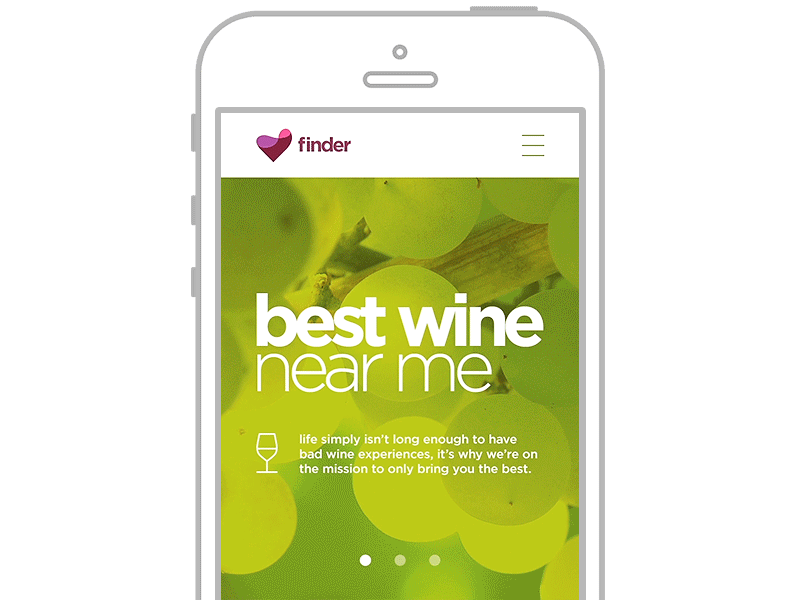Is the future of the marketing industry centred around apps?
There are believed to be over six billion smartphones spread across the world and most of these smartphones are located in countries like Australia.
On these smartphones are also plenty of apps, from social media apps, to GPS apps and even gaming apps. In fact, mobile use has become so popular that many people use their device to browse the web, purchase products and share files.
It is easy to see from all of this that apps and mobile devices are clearly taking over the digital world, people are becoming more reliant on them and are using their smartphones to preform more functions than ever.
Because of recent trends, staying relevant, particularly on mobile devices is definitely crucial for all businesses and many companies have already started to use apps for marketing in innovative ways.
Take the US Mexican fast food chain, Chipotle. Back in 2013 they released a mobile game called ‘Scarecrow’ which had a animated short film that accompanied it. The film told the story of a scarecrow who fights against industrial farming and tries to bring natural food back- a metaphor for Chipotle’s mission and want the brand stands for. Chipotle is barely mentioned in the short film except for a few seconds near the end of the movie.
Only four days after the app was released it had 250,000 downloads and the film was viewed more than 6 million times.
This just goes to show the power of apps and just how people are seeking them out, sharing them with their friends and turning them into viral sensations.
Even a fast food chain like Chipotle can release an app, which on the surface may have nothing to do with burritos and tacos and turn it into something that has a strong message and supports their brand.
Chipotle is not the only company to do this. Take reality-star celebrity, Kim Kardashian she launched a gaming app where users can play out her life using an avatar. To date, this app has been one of the most successful and pulls in a six-figure revenue per day from in-app purchases.
If this is not proof enough, some apps like Whatsapp and Instagram have gone on to be purchased by big tech companies for billions of dollars because they realize their worth and value.
Looking at this trends, businesses have to learn how to adjust to the mobile world and create more mobile content for their audience to consume.
Mobile marketing is less about broadcasting a message and more about engaging your target audience, whether it is through a game, a short film or even through some sort of functionality or social sharing app.
There are many ways that your company can use apps to help build a following and establish your brand. Here are some of the most common ways-
1. Website-lite: This is a common app format and is basically a slim-line version of your main website. This app has value as it allows users to access your content, videos and services in a way that is exclusively designed for mobile devices. Unfortunately however, unless your brand is already highly established, it may be hard to get users to download your app if this is all it is offering.
2. Content Distribution: This app format takes your content and some extra insights and turns it into an app that allows users to share, watch and read relevant information. Again, this format is great for those who already have an established brand and want to make it easier for users to access certain information. This format is also good for B2B companies.
3. Campaign Apps: These are apps that extend popular events like sporting matches or TV shows. For example, when the US Open was broadcast, there was an app that users could download to keep track of the tennis players, their stats and match scores. Business can also adopt this model and use it to enhance their campaigns. The Chipotle example given above would also be a campaign format app. This style of marketing works really well for mid-sized companies or niche companies.
4. Engagement Apps: These apps aim to create engagement for a product or company and can be highly effective for both big an small businesses. They involve in creating some type of ‘game’ where users are hooked in to staying engaged in the product or service. For example, Nike has a fitness app that encourages users to enter their fitness goals and progress towards them. Basically, to create this type of app you need to have an understanding of your target audiences needs and behaviours and find a creative way to integrate them into some type of game.
5. Replacement Apps: These apps are new, innovative and offer a unique or different type of service that users cannot find on their desktops. A good example of this would be Uber. Having a platform that is purely built on an app can definitely work to help establish a new brand or service. These types of apps work well for innovative or ‘out-there’ ideas that already have some strong competition. For example, Uber has definitely challenged the taxi companies who failed to update and integrate their services into the digital world.
Mobile apps and marketing is definitely the way of the future. How will your company integrate into this new trend?


Hey!
It looks like you're browsing in . Would you like to switch over to the website?